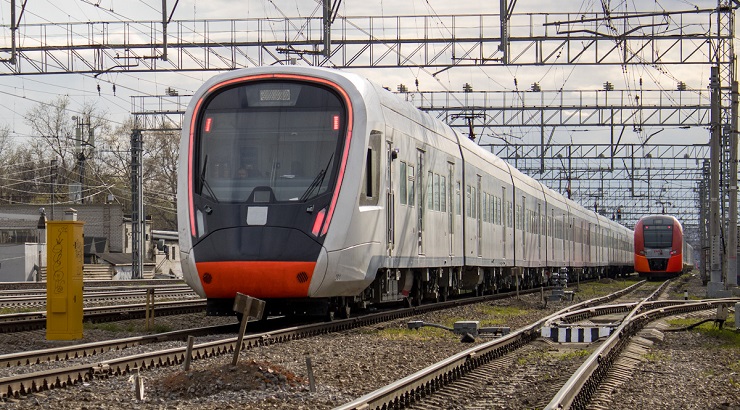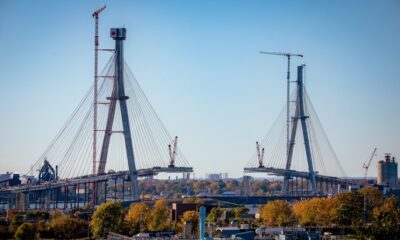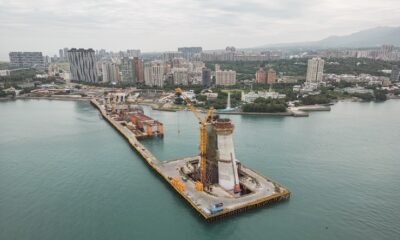Infrastructure
Kenya to Spend Sh2.4trn on Addis, Juba SGR Project
The 2,377-km railway project remains without a confirmed start date.

Kenya will require at least Sh2.6 trillion ($16 billion) to build a standard gauge railway (SGR) from Lamu to Addis Ababa, Ethiopia and Juba in South Sudan.
According to the Kenya Railways Corporation, building a 544.4-km railway from Lamu to Isiolo will cost Sh565.38 billion ($3.49 billion), and an additional Sh514.84 billion ($3.178 billion) for a 475.9-km extension from Isiolo to Moyale.
A whopping Sh717.82 billion will be spent on building the SGR line Isiolo to Nakodok town on the Kenya-South Sudan border, a distance of 753.2 km.
Construction of the 2,377-km railway, a part of the Lamu-South Sudan-Ethiopia Transport (Lapsset) Corridor, was to start in 2025, but this remains uncertain.
The high-speed railway will link the port of Lamu to Isiolo town and then branch into three lines to Nairobi, Addis Ababa, and Juba, according to the plan.
A further expenditure of Sh387.50 billion ($2.392 billion) will be spent to link Isiolo and Nairobi through the SGR, covering a distance of 278.6km.
Additionally, Sh416.83 billion ($2.573 billion) will be allocated for the 325.35km stretch between Lamu and Mariakani.
RELATED: Kenya Unveils Plan to Build Sh2.1 Trillion SGR Network
A 2015 feasibility study of a Lapsset corridor railway by China Civil Engineering Construction Company estimated the cost of the project at Sh1.68 trillion ($10.4 billion) with a financial rate of return of between nine percent and 12%.
“With a projected Internal Rate of Return greater than 12%, the project is deemed viable,” the Lapsset Corridor Development Authority said in a recent interview with Bloomberg.
Detailed feasibility study
Nevertheless, Kenya is seeking Sh1.46 billion ($9 million) from the African Union Infrastructure Fund to finance detailed feasibility studies to assess the technical, economic, and environmental feasibility of the project.
The SGR to Addis Ababa is expected to boost trade by reducing transport costs, while the Juba line aims to improve accessibility and trade facilitation.
In August 2023, Transport Cabinet Secretary Kipchumba Murkomen revealed that Kenya had signed an agreement with Ethiopia to jointly seek funding for the project.
“Having signed the [deal], we are currently working on the development of the railway line from Lamu to Mayale through Isiolo with a link to Nairobi to connect with the Mombasa-Nairobi-Malaba SGR,” Mr Murkomen said.
The deal came to effect barely a month after Kenya and Uganda signed a similar agreement to jointly raise Sh850 billion from European and Gulf lenders to fund the construction of the Naivasha-Kampala SGR starting in January 2024.
Under the deal, Kenya will extend its SGR from Naivasha to Malaba – a distance of 368 km, while Uganda will build a 272 km railway from Malaba to Kampala.
(Exchange rate: 1 USD=Sh162)












